There is a direct correlation between engagement and revenue – as a user becomes increasingly engaged in your content, they yield gradually more revenue to your business:
- More page views for advertising revenue
- More likely to create a free account, meaning you can charge more for targeted ad spots
- Higher propensity to subscribe in the future
- Potential to become a brand advocate who recommends you to others
Engagement is therefore essential for any publisher to track and seek to develop throughout the user journey, moving users from Volatiles (only visiting your site an average of once per month) to Fans (who visit 19+ times a month) and later subscribers.
Take inspiration from some of the most successful publishers in the business on how they engage audiences:

The Independent blocks users with a registration wall

Le Monde encourages recirculation with recommended content
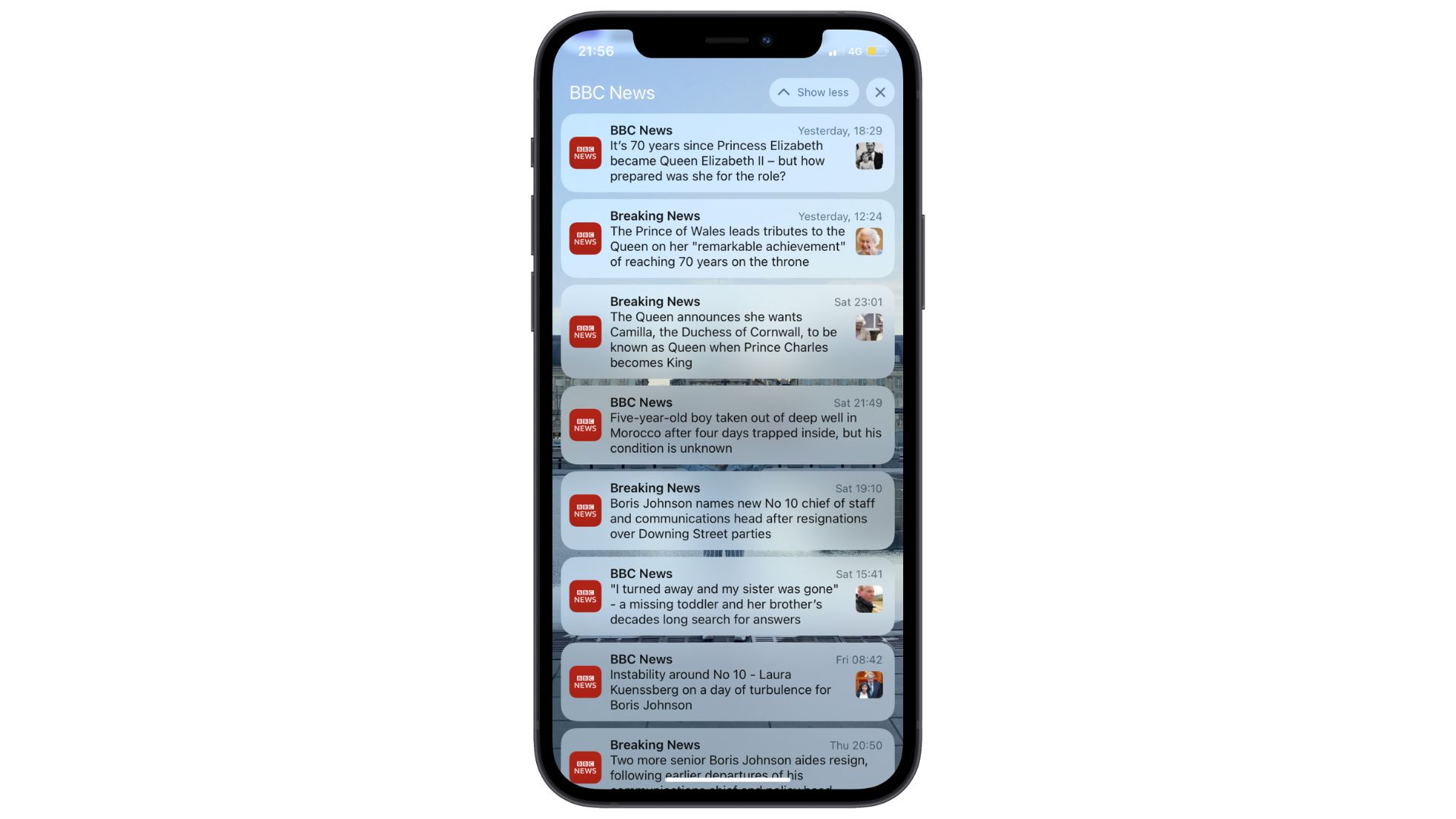
The BBC News app sends push notifications
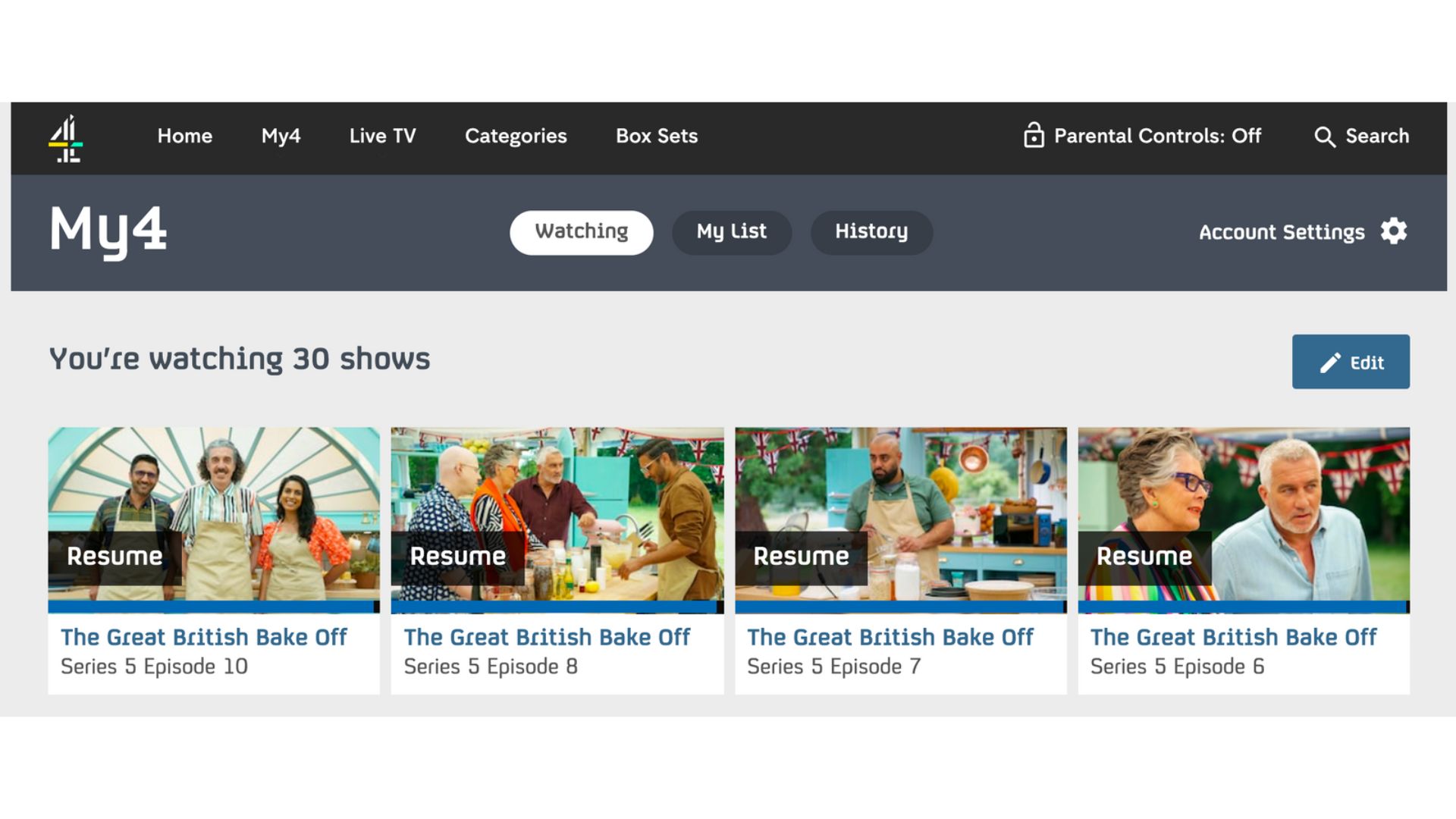
Channel 4 on demand allows registered users to save content for later

Financial Times lets users follow topics
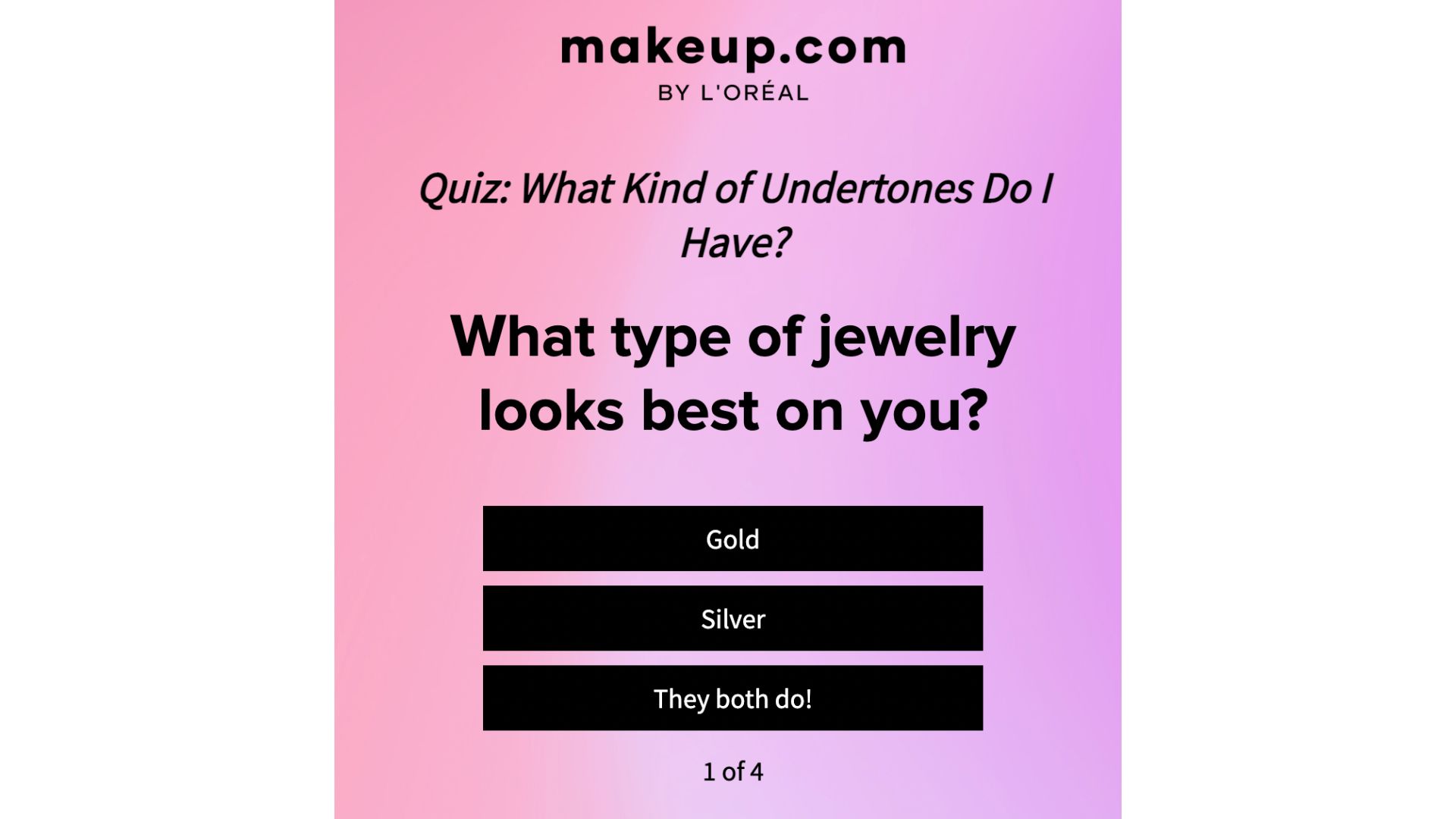
L’Oreal’s brand publication Makeup.com includes quizzes to increase engagement and collect data
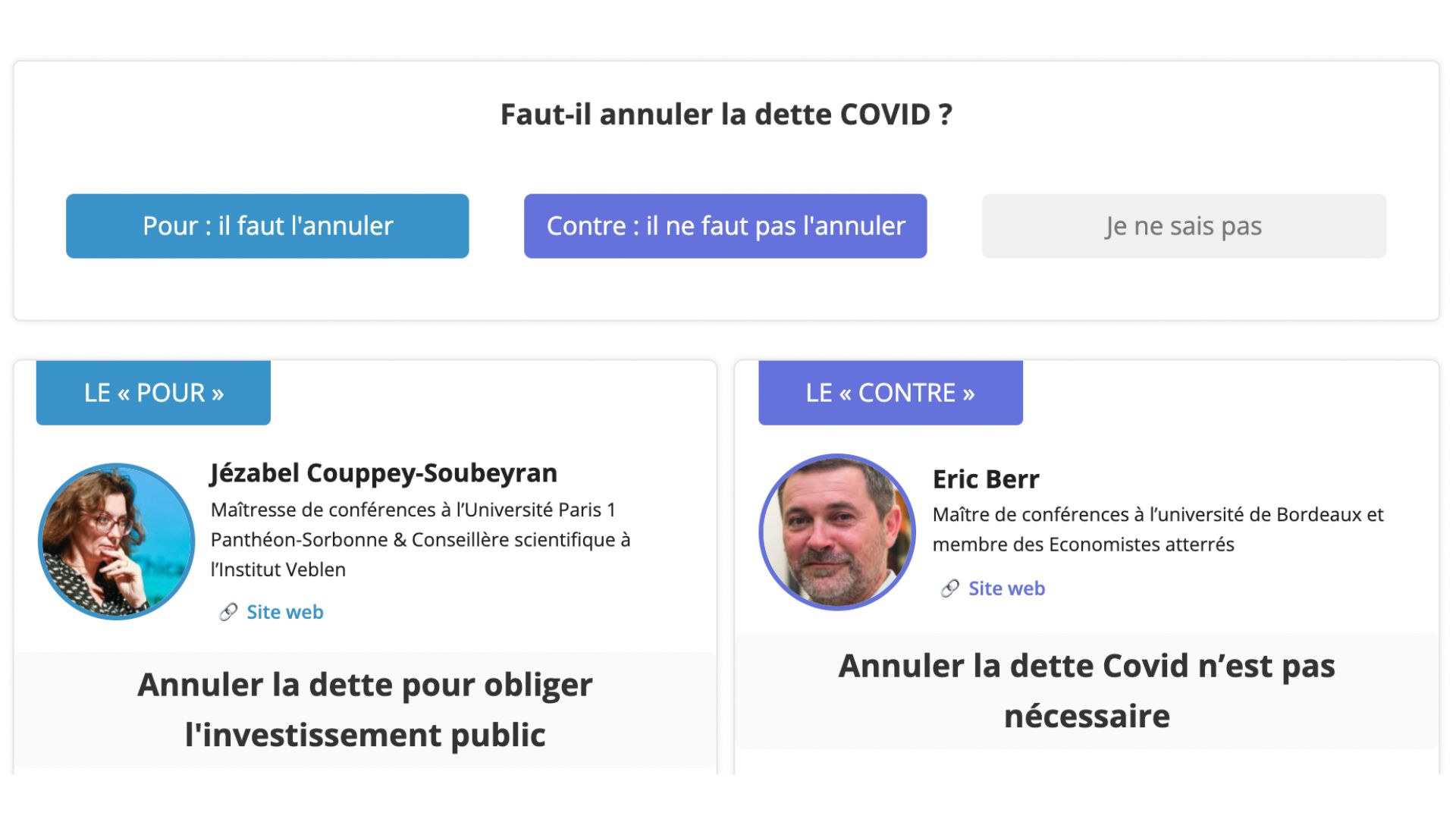
Le Drench asks users to vote in articles that are laid out as a debate
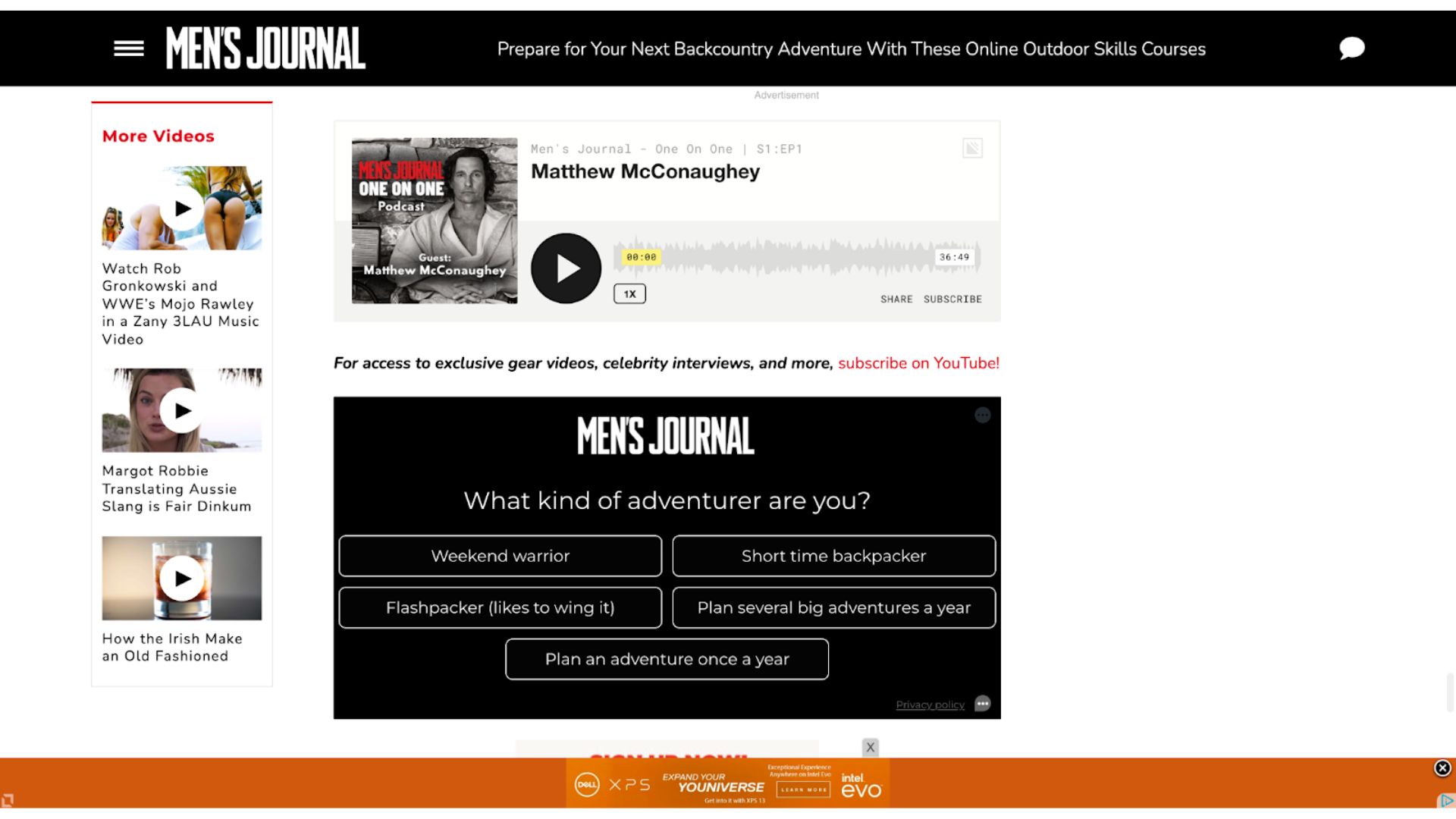
Men’s Journal asking questions to users on the home page
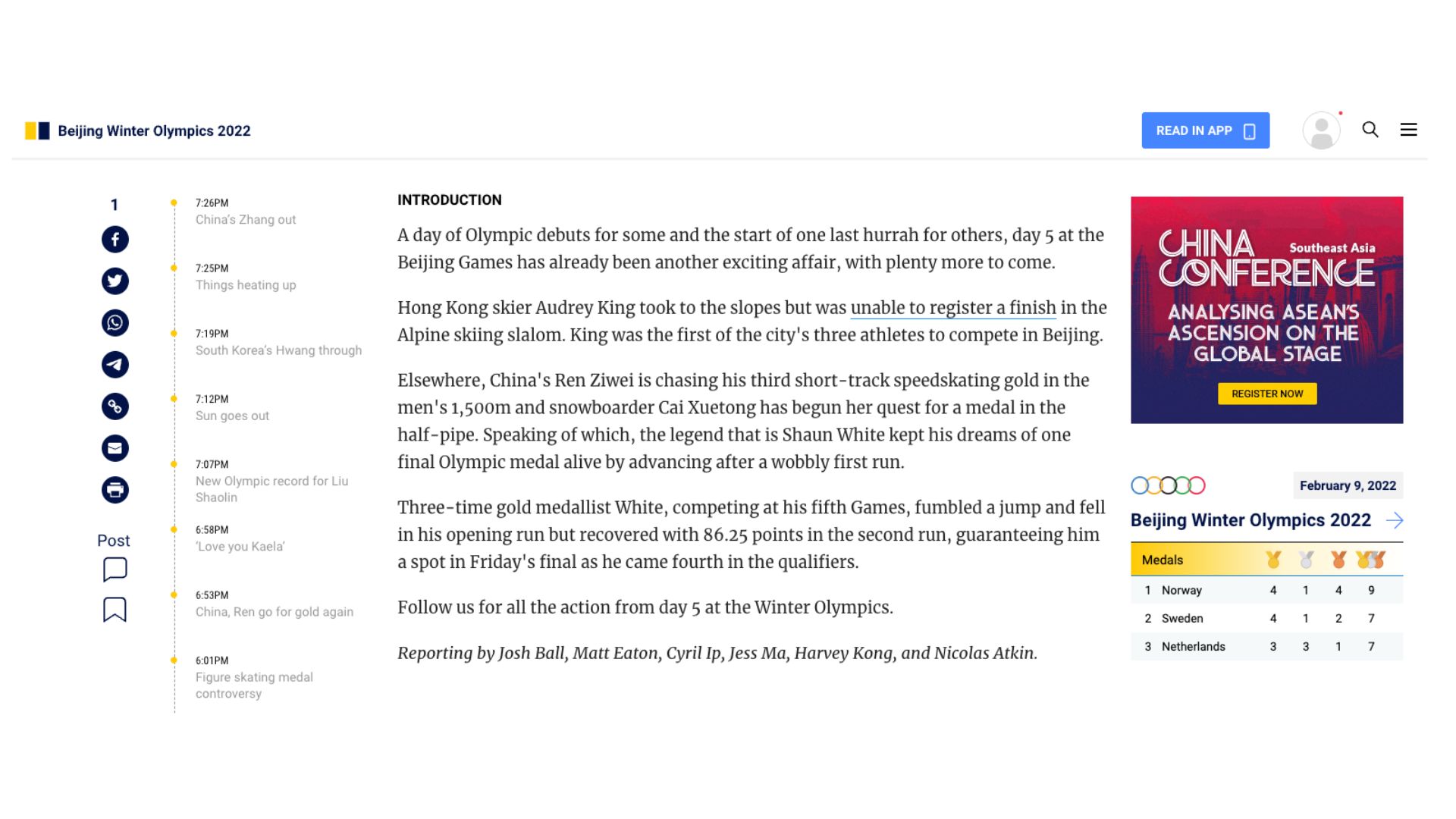
South China Morning Post social sharing options are placed at the side of content
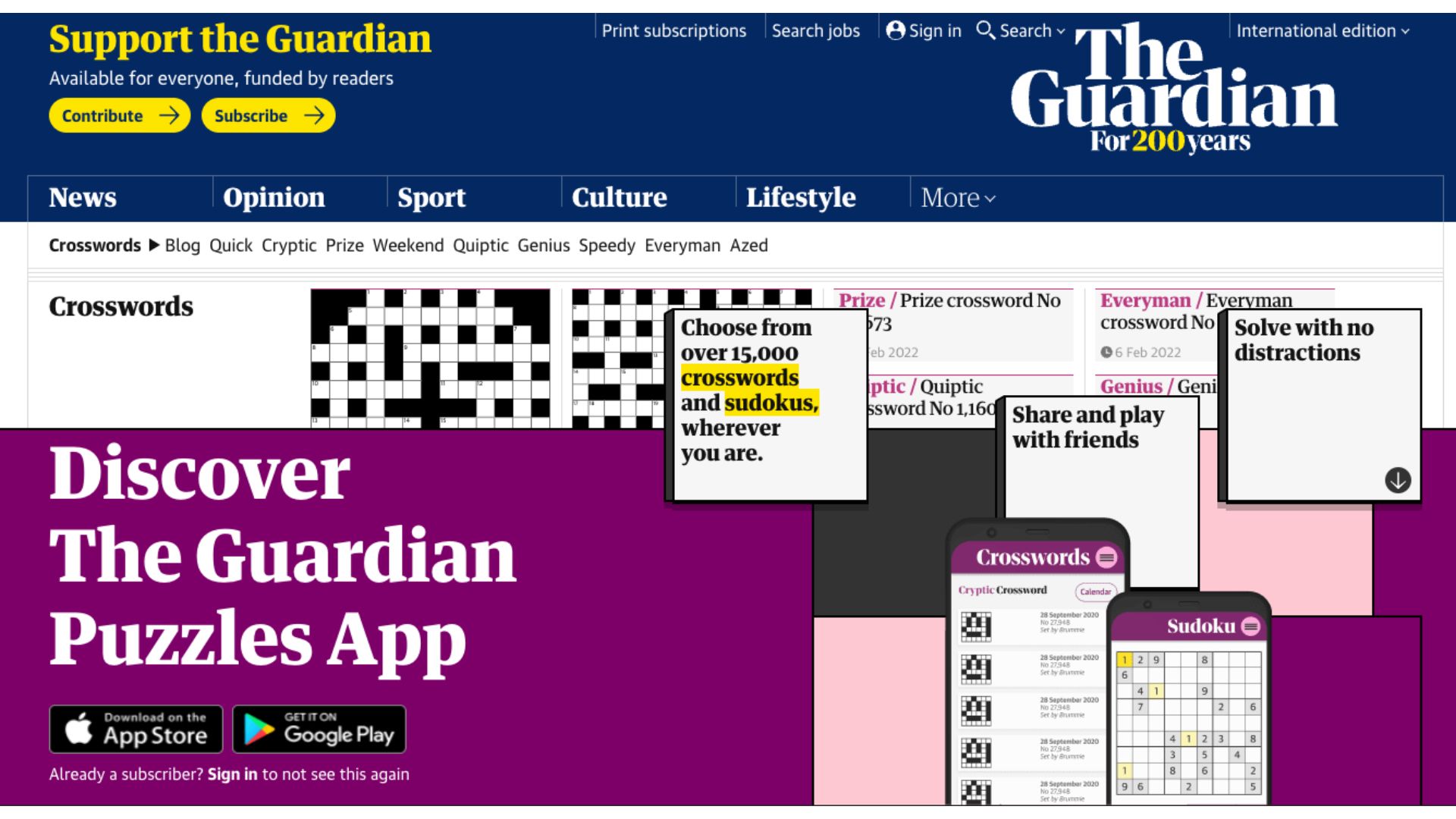
The Guardian games app

The Independent’s Instagram-style video slides within articles to increase recirculation
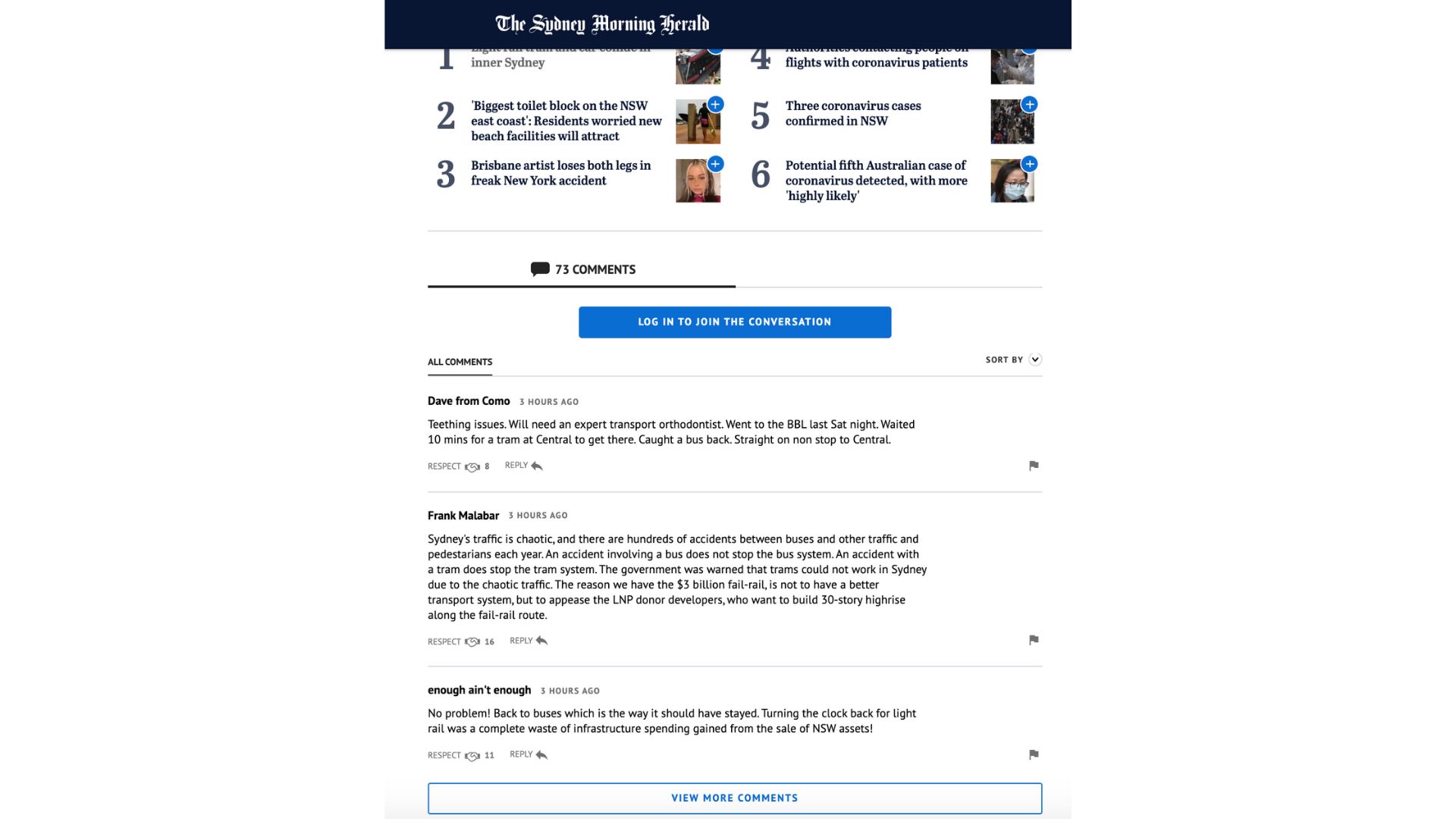
The Sydney Morning Herald allows commenting for registered users
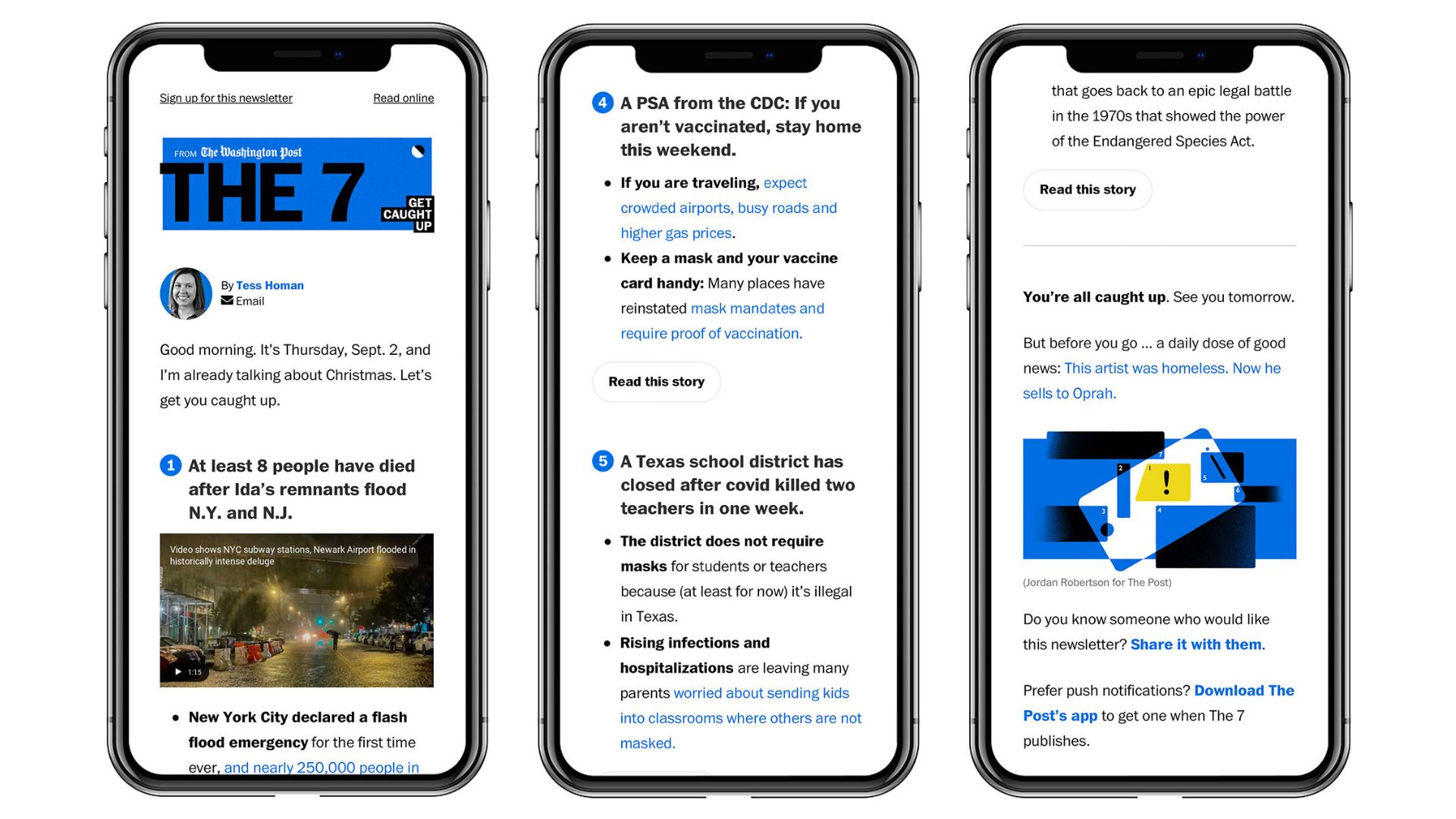
The Washington Post ‘The 7’ habit-forming newsletter sent at the same time every day
Best practices for increasing engagement:
- Form habits through regularity: e.g. newsletters sent at the same time every day to either form a new habit or fit into an existing one (such as the commute to work or a morning coffee)
- Balance frustration with engagement to increase the value of your users. Engagement is great, but you also need to monetize your content!
- Employ strategies that encourage recirculation so that users remain on your site
- Offer as much personalization as possible (such as for newsletters , push notifications, ect) to make sure users are only getting content that interests and engages them rather than frustrates
- Provide value in exchange for conversion steps – for instance, registered users could be offered additional UX features, exclusive content, a lighter ad experience, etc
- Interactive content is your new best friend! Engaging users with games, quizzes or personality tests will help to keep them on page for longer and coming more frequently, especially if there’s something to be gained from it (such as a discount, especially if you’re a brand publisher)
This article was originally published by The Audiencers. The Audiencers is a B2B publication by Poool, The Membership and Subscription Suite, a simple, all-in-one platform for digital content producers to convert, manage and retain their members and subscribers. Find out more on poool.tech or book a free demo with their team.



